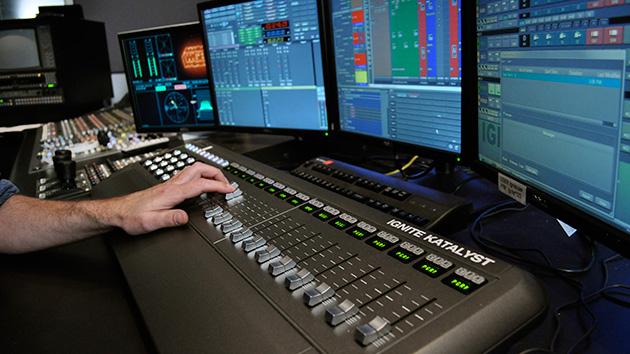
Monitored Alarm Systems
Today, The Definition of monitored alarm systems are quite common, but they have taken quite a long time to become so. Early alarm systems were very much standalone systems. The only form of monitoring available came from an onsite security team. When the alarm sounded, it would also sound in the security office enabling the security team to go to the area the alarm has been triggered in. Slowly, but surely, CCTV was added allowing onsite security teams to monitor various areas of a site remotely.
Around about the same time alarm companies found a way to link alarms to the phone system. This allowed them to offer a service that meant as soon as the alarm sounded a phone call to the police or the alarm centre was made. This meant that someone could be on site almost immediately. Whilst it did not stop things being stolen, it meant thieves knew they only had 10 minutes or so to take what they could and get away. This considerably reduced what could be taken.
Modern Monitored Alarm Systems
However, advancements did not stop there. Modern monitored alarm systems are now far more sophisticated than this. The foundation of modern systems was laid decades ago with the systems connected to CCTV and phone lines.
Modern systems marry the two technologies together. They have practically eliminated the need for onsite security teams. Now that it is possible to send video pictures anywhere, almost instantaneously, remote monitoring of any site is possible.
However, the majority of security firms do not offer to watch premises CCTV cameras 24/7. Instead they are used to see what is going on across a site when and alarm system sounds.
The way it works with most monitored alarm systems is that as soon as movement in an area is detected an alarm is tripped and the area is flooded with light. At the same time, CCTV is activated, which records what has caused the alarm to be tripped. The alarm companies monitoring centre is notified almost instantaneously. This then allows operators in the centre to quickly access the CCTV recording and establish what has happened. An informed decision about what to do next is then made.



